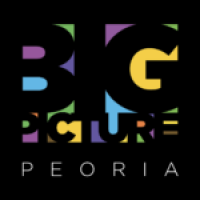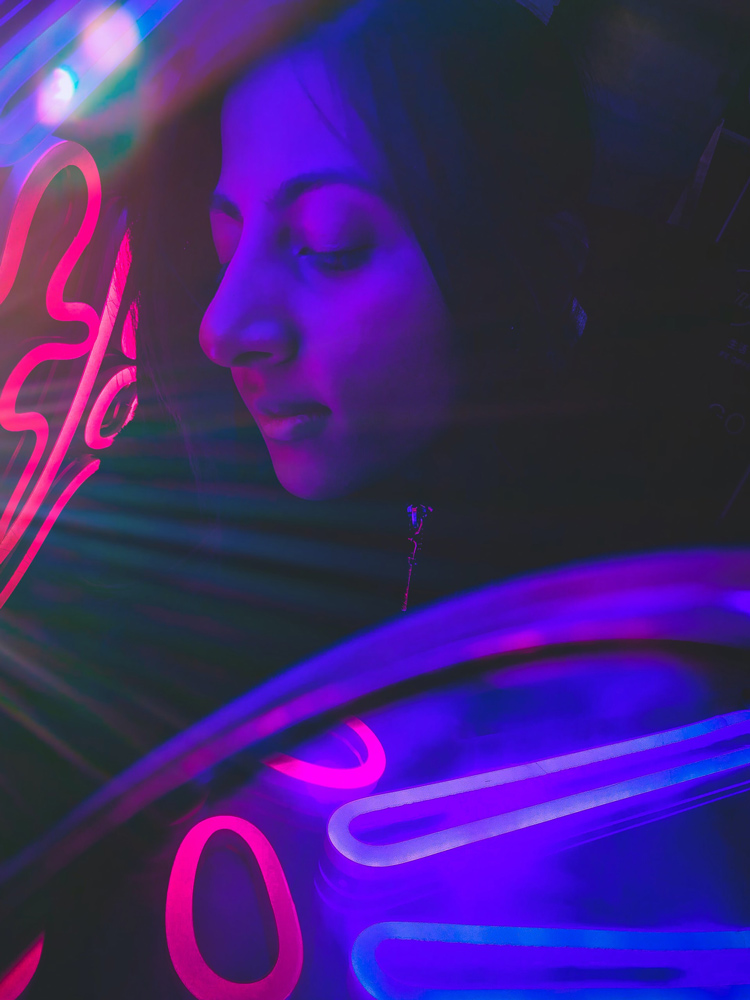by Adeline Ferolo
An online social media platform helps young people tackle issues of gender inequality.
Content Warning: This article discusses sexual assault and rape culture.
TikTok. This social media platform’s name incites a variety of reactions. You might recognize it for its role in singlehandedly dismantling a pro-Trump rally in Oklahoma back in June of 2020—or maybe this is a familiar app that you open every morning just seconds after waking up. Regardless, TikTok is at the center of communication, and sometimes news, for most teenagers. I admit to spending over an hour per day browsing, sharing, and commenting on videos. While to some (mainly my parents) this average may seem unreasonable and unproductive, I view my time on the platform as essential. TikTok is a place where I can laugh at weird videos, watch the daily lives of other teenagers, and feel a welcoming sense of community. And most recently TikTok has introduced me to prevalent social issues—specifically the current culture perpetuating gender inequality in our daily lives.
For instance, a video recently popped up on my feed illustrating the impact of syntax structure, or the organization of a sentence, in relation to reporting and framing sexual harassment statistics. The video explained the media reports on sexual harassment through a “blame” focused lens. Whether conscious or not, this lens shifts the issue of sexual harassment to argue it is merely a woman’s issue. For example, a statistic may be farmed as “a certain percentage of women were sexually harassed last year” and not “a certain percentage of men sexually harassed women last year.” This video immediately resonated with me, especially after reading a New York Times article detailing the sexual assault accusations against New York Governor Andrew Cuomo. I believe the increase of sexual assault reports following the #MeToo movement have fallen subject to the aforementioned syntax structure. Consequently, this perpetuates the notion that sexual assault reports are not necessarily true and instead redefining them as accusations to be proven.
After viewing this, I began to see more TikTok videos highlighting topics of sexual harassment, rape culture, and misogyny—and their roles in our daily lives. Many videos reference a study conducted by a United Nations entity in the UK. It found that 970 out of 1,000 (97%) women ages 18-24 living in the United Kingdom have experienced sexual harassment (Thompson). The #97percent hashtag on TikTok has accumulated 201.9 million views. This hashtag has served as a platform for individuals to address and share their own personal experiences with sexual harassment and assault. The hashtag has also promoted videos similar to the one I initially viewed, criticizing the lack of intersectionality concerning sexual harassment. For instance, sexual harassment is not exclusive to ciswomen, but all individuals—no matter their gender identity or sexual orientation. The hashtag has created a safe space where individuals can tell their stories and others can actively choose to listen to them. For those who are interested in learning more about how to prevent sexual assault and strengthen public policy, please check out RAINN—the largest anti-sexual violence organization in the United States.
About Adeline Ferolo

Stories, arguably, are the most underrated form of currency that floods the digital world, through highlighted Instagram posts and viral YouTube videos. As a rising senior at Richwoods High School, Adeline Ferolo aims to express herself and the issues closest to her authentically through engaging, storytelling, and other mediums. She is a competitively academic student. Her interests range across many creative outlets—as an active writer for the Richwoods Shield, the monthly school newspaper, and as a contributor to the youth-led blog EnviroWrite, which explores rising environmental concerns. Recently she has discovered her passion for the medium of film after attending the National High School Institute summer program at Northwestern University, where she had previously studied creative-intensive subjects ranging from sustainable architecture to graphic design. Within the past year, she has focused her efforts on exploring the visual medium in both her academic and personal life, opting to create experimental videos for class projects and continuing to explore different aspects of the visual language.

